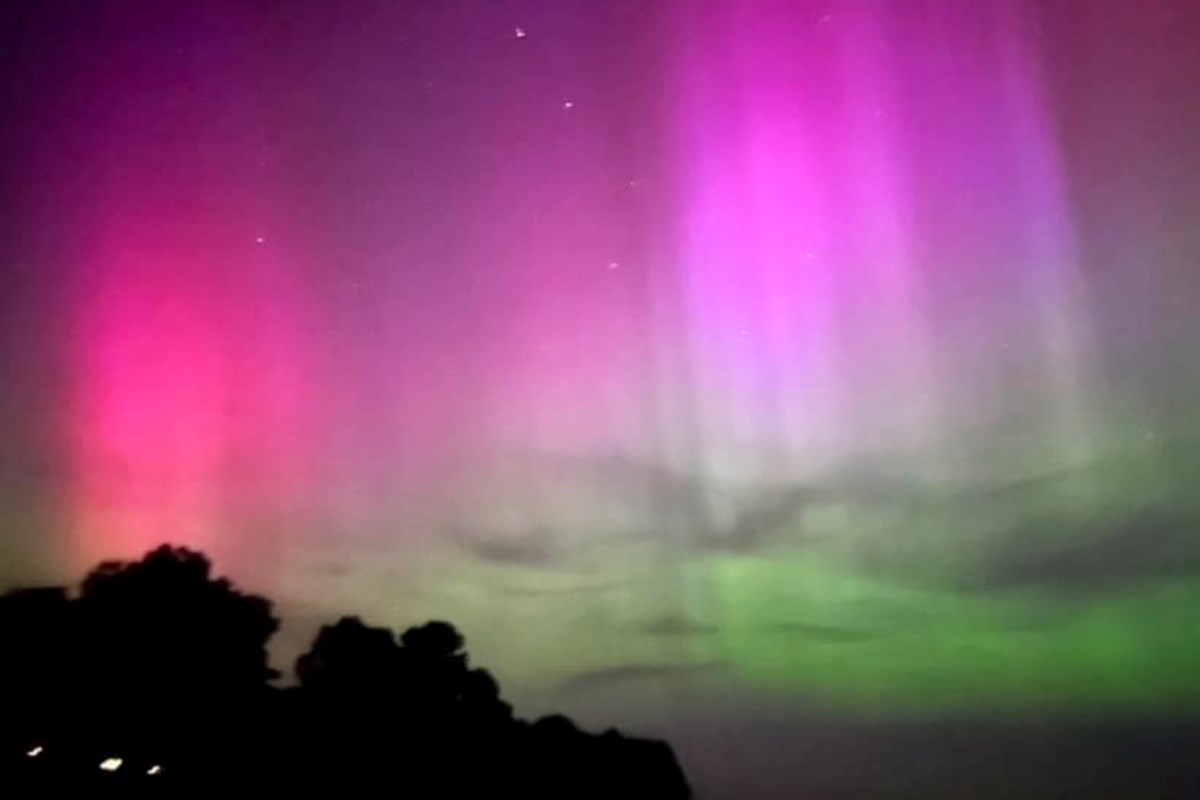Mainly clear skies are expected the next three nights giving us a chance for great viewing.
According to Space.com, a powerful solar storm is on its way and could supercharge the skies with northern lights just in time for the Labor Day holiday.
A long-duration M2.7 flare erupted from sunspot Active Region 4199 on Aug. 30, launching a fast-moving, Earth-directed coronal mass ejection (CME). The CME is expected to reach Earth late on Sept. 1 into early Sept. 2 (UTC), according to the National Oceanic and Atmospheric Administration’s (NOAA) Space Weather Prediction Center (SWPC).
NOAA modeling suggests G2 (moderate) geomagnetic storming is likely when the CME first arrives, with conditions intensifying to G3 (strong) as the bulk of the storm passes on Sept. 2. That means auroras could extend farther south than usual across the northern U.S.
CMEs are massive bursts of plasma and magnetic field from the sun that can spark colorful auroras when they slam into Earth’s magnetic field. These storms can also disrupt satellites, radio communications, and even power grids during stronger events.
Aurora conditions are expected to remain elevated into Sept. 3, so even if clouds spoil the show one night, there could be more chances to catch the northern lights in the days ahead.
Allow time to give your eyes at least 15-30 minutes to adjust to the darkness. Once your eyes are adjusted, look towards the northern horizon for faint, cloud-like wisps or glowing lights.
Aurora lights are often more visible to a smartphone camera than to the naked eye. If your phone has a night mode or a “pro” mode, use it to increase the shutter speed and let in more light. Use a tripod or prop your phone on a stable surface to prevent blurring during the long exposure.

